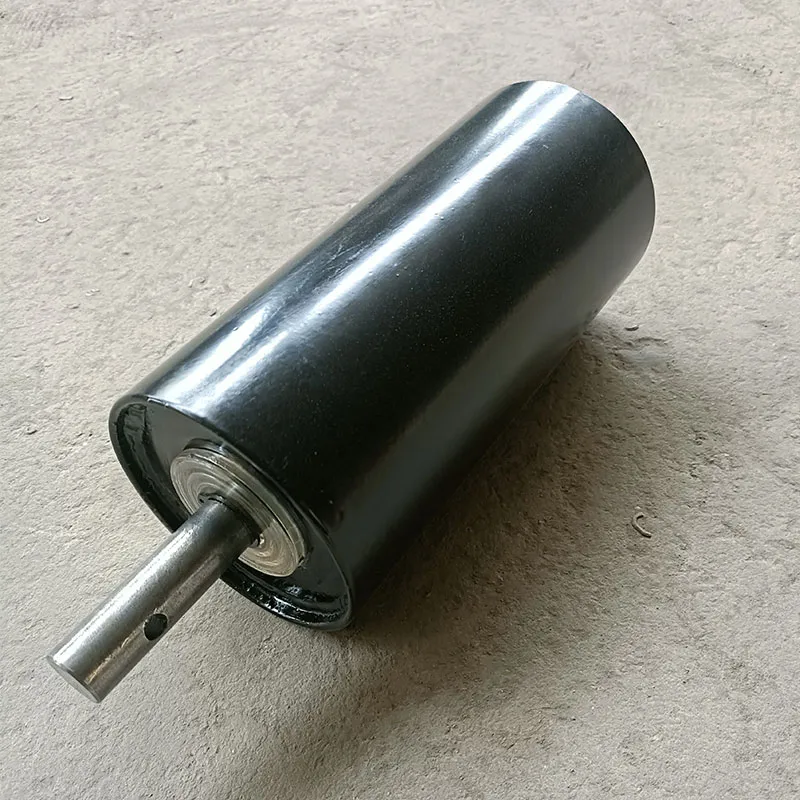 Afrikaans
Afrikaans  Albanian
Albanian  Amharic
Amharic  Arabic
Arabic  Armenian
Armenian  Azerbaijani
Azerbaijani  Basque
Basque  Belarusian
Belarusian  Bengali
Bengali  Bosnian
Bosnian  Bulgarian
Bulgarian  Catalan
Catalan  Cebuano
Cebuano  Corsican
Corsican  Croatian
Croatian  Czech
Czech  Danish
Danish  Dutch
Dutch  English
English  Esperanto
Esperanto  Estonian
Estonian  Finnish
Finnish  French
French  Frisian
Frisian  Galician
Galician  Georgian
Georgian  German
German  Greek
Greek  Gujarati
Gujarati  Haitian Creole
Haitian Creole  hausa
hausa  hawaiian
hawaiian  Hebrew
Hebrew  Hindi
Hindi  Miao
Miao  Hungarian
Hungarian  Icelandic
Icelandic  igbo
igbo  Indonesian
Indonesian  irish
irish  Italian
Italian  Japanese
Japanese  Javanese
Javanese  Kannada
Kannada  kazakh
kazakh  Khmer
Khmer  Rwandese
Rwandese  Korean
Korean  Kurdish
Kurdish  Kyrgyz
Kyrgyz  Lao
Lao  Latin
Latin  Latvian
Latvian  Lithuanian
Lithuanian  Luxembourgish
Luxembourgish  Macedonian
Macedonian  Malgashi
Malgashi  Malay
Malay  Malayalam
Malayalam  Maltese
Maltese  Maori
Maori  Marathi
Marathi  Mongolian
Mongolian  Myanmar
Myanmar  Nepali
Nepali  Norwegian
Norwegian  Norwegian
Norwegian  Occitan
Occitan  Pashto
Pashto  Persian
Persian  Polish
Polish  Portuguese
Portuguese  Punjabi
Punjabi  Romanian
Romanian  Russian
Russian  Samoan
Samoan  Scottish Gaelic
Scottish Gaelic  Serbian
Serbian  Sesotho
Sesotho  Shona
Shona  Sindhi
Sindhi  Sinhala
Sinhala  Slovak
Slovak  Slovenian
Slovenian  Somali
Somali  Spanish
Spanish  Sundanese
Sundanese  Swahili
Swahili  Swedish
Swedish  Tagalog
Tagalog  Tajik
Tajik  Tamil
Tamil  Tatar
Tatar  Telugu
Telugu  Thai
Thai  Turkish
Turkish  Turkmen
Turkmen  Ukrainian
Ukrainian  Urdu
Urdu  Uighur
Uighur  Uzbek
Uzbek  Vietnamese
Vietnamese  Welsh
Welsh  Bantu
Bantu  Yiddish
Yiddish  Yoruba
Yoruba  Zulu
Zulu Understanding the Role of Idler in Belt Drive Systems for Improved Performance
Understanding Belt Drive Idlers Functionality and Importance
Belt drive systems play a vital role in various mechanical applications, ranging from automotive engines to industrial machinery. Among the critical components in these systems is the belt drive idler. Often overlooked, the idler serves several essential functions that contribute to the efficiency and longevity of the entire belt drive system.
What is a Belt Drive Idler?
A belt drive idler is a pulley or wheel that does not provide power to the system but is strategically placed to guide and tension the drive belt. It is crucial for maintaining the correct alignment of the belt, preventing slippage, and ensuring smooth operation. Idlers can either be stationary or adjustable, allowing for finer control of belt tension.
Functions of a Belt Drive Idler
1. Belt Tensioning One of the primary roles of an idler is to maintain proper tension in the belt. Correct tension is essential because a belt that is too loose can slip, leading to inefficiencies, while a belt that is too tight can cause excessive wear and damage to both the belt and the components it interacts with.
2. Belt Alignment Idlers help to ensure that the belt stays aligned with the pulleys it interacts with. Misalignment can cause uneven wear on the belt, increase friction, and ultimately lead to catastrophic failure if not addressed. By keeping the belt in line, idlers contribute significantly to the system's overall reliability.
belt drive idler

3. Reducing Vibrations Idlers can also help to dampen vibrations that occur during operation. When a belt operates under tension, it can produce vibrations that could negatively affect surrounding components. An idler can absorb some of these vibrations, leading to a smoother operation and reducing the risk of damage to the machinery.
4. Improving Efficiency By ensuring proper tension and alignment, idlers play a crucial role in enhancing the overall efficiency of the belt drive system. A well-maintained idler can help reduce energy losses caused by slippage and friction, ensuring that power is transmitted effectively from one component to another.
Importance of Regular Maintenance
To ensure that belt drive idlers function optimally, regular maintenance is essential. This includes inspecting for wear and tear, checking alignment, and adjusting tension as needed. A neglected idler may lead to severe operational issues, downtime, and costly repairs.
Conclusion
In summary, while belt drive idlers may not be the most glamorous component of a belt drive system, their importance cannot be overstated. From maintaining tension and alignment to reducing vibrations and enhancing efficiency, idlers play a critical role in ensuring the longevity and functionality of mechanical systems. Understanding their significance can help in designing better systems and implementing effective maintenance routines, ultimately leading to more reliable and efficient machinery. Whether in automotive applications or industrial setups, the role of belt drive idlers is indispensable in the realm of mechanical engineering.
-
Revolutionizing Conveyor Reliability with Advanced Rubber Lagging PulleysNewsJul.22,2025
-
Powering Precision and Durability with Expert Manufacturers of Conveyor ComponentsNewsJul.22,2025
-
Optimizing Conveyor Systems with Advanced Conveyor AccessoriesNewsJul.22,2025
-
Maximize Conveyor Efficiency with Quality Conveyor Idler PulleysNewsJul.22,2025
-
Future-Proof Your Conveyor System with High-Performance Polyurethane RollerNewsJul.22,2025
-
Driving Efficiency Forward with Quality Idlers and RollersNewsJul.22,2025





























